|
Not sure if contractions are a good fit for your fiction’s dialogue? Here’s why they (nearly always) work.
Next time you’re in the pub with friends, at the dinner table with your family, or travelling on the bus, do a bit of people-listening. They’ll speak with contractions: you’re, they’re, I’m, don’t, hadn’t, can’t and so on.
Contractions are a normal part of speech. They help us communicate faster and improve the flow of a sentence. Watch the following videos and listen to the spoken words. They feature people with very different backgrounds, sharing different stories, and in situations that demand varying levels of formality.
The people talking have one thing in common: they use contractions when they speak ... most (though not all) of the time. That’s why when we want to write natural dialogue – dialogue that flows with the ease of real-life speech – contractions work. How contractions affect the flow of dialogue Take a look at this excerpt from No Dominion by Louise Welsh (Kindle edition, John Murray, 2017). Here’s the contraction-free recast. It reads awkwardly, and leaves us unconvinced that what’s in our mind’s ear bears any relation to what we would have heard had this been real speech. And that means we’re questioning the authenticity of the story rather than immersing ourselves in it.
He settled himself on the chair. ‘I do not know where you have just come from, but round here nothing is odd.’ He emphasised the word, making it sound absurd. ‘People come, people go. Sometimes they need something. Sometimes they have got something I need. We trade and they go on their way.’
Contractions and genre Some authors avoid contractions because of the genre they’re writing in. You’re more likely to see this in historical fiction than contemporary commercial fiction but it’s not strictly genre-specific and is more an issue of authorial style. Here’s an excerpt from a contemporary psychological mystery, The Wych Elm (Penguin, 2019, p. 71). Tana French uses contractions in the narrative and dialogue. The speech sounds natural; the narrative that frames it is informal. Compare this with Our Mutual Friend (Wordsworth Editions, 1997, p. 235). Dickens, writing literary fiction in the 1860s, still uses contractions in dialogue, although he avoids them in his more formal but wickedly tart narrative.
Now look at Ambrose Parry’s The Way of All Flesh (Canongate Books, 2018). The authors (Parry is the pseudonym used by Chris Brookmyre and Marisa Haetzman) don’t avoid contractions completely but the sparing usage does give the dialogue a more archaic feel. Here’s an excerpt from p. 259. I doubt anyone would be surprised when I say that the setting is 1847. And so it works. However, if the novel were set in 2019, there’d be a problem. We’d consider those characters unrealistically pompous and the dialogue overblown. Contractions, pace and voice The decision to use or avoid contractions is a tool that authors can use to deepen character voice. Specific contracted forms might enable readers to imagine regional accents, social status and personality traits such as pomposity. P.G. Wodehouse is a master of dialogue. Bertie Wooster is a wealthy young idler from the 1920s. Jeeves is his savvy valet. The dialogue between the two pops off the page and Wodehouse uses or avoids contractions to make the characters’ voices distinct.
You can see it in action in The Inimitable Jeeves (Kindle version, Aegitus, 2019).
In Oliver Twist (Wordsworth Classics, 1992, p. 8), Dickens contracts is not (ain’t) and them (’em) to indicate the low social standing of Mrs Mann, who runs a workhouse into which orphaned children are farmed.
Contractions and their impact on stress and tone You can use or omit contractions in order to force where the stress falls in a sentence. Compare the following:
By not using a contraction in the second example, the stress on ‘cannot’ is harder. The change is subtle but evident. With can’t the mood is one of disbelief tempered with a whining tone; with cannot the disbelief remains but the tone is angry. Here’s another excerpt from The Way of All Flesh (p. 140). The speaker is a surgeon, Dr Ziegler.
Parry’s dialogue doesn’t just evoke a historical setting. The style of the speech affects the tone too. The voice is compassionate, the mood stoic. However, the lack of contractions renders the tone precise and careful. On p. 142, Raven – a medical student turned sleuth – talks with the matron about medical charlatanry:
Using there is forces the stress on is, and in consequence the tone is resigned. With there’s the stress would have fallen on worse, and we might have assumed a more conspiratorial tone, as if she were about to divulge a secret. Contractions and narration style If you’re wondering whether to reserve your contractions for dialogue only, consider who the narrator is. Let’s revisit Tana French (p. 1). The viewpoint character is a privileged man called Toby, the setting contemporary Dublin. What’s key here is that the narration viewpoint style is first person. It is Toby who reports the events of the mystery; the narrative voice belongs to him. His narration register is therefore the same as his dialogue register – relaxed, colloquial – and the author, accordingly, retains the contractions in the narrative. For sections written in third-person limited, the narrative voice would likely mirror the viewpoint character’s style of speaking. However, if you shift to a third-person objective viewpoint, where the distance between the characters and the readers is greater, the narrative might handle contractions differently to dialogue. It's a style choice you'll have to make. Guidance from Chicago Still a little nervous? Here’s some sensible advice from The Chicago Manual of Style, section 5.105:
‘Most types of writing benefit from the use of contractions. If used thoughtfully, contractions in prose sound natural and relaxed and make reading more enjoyable. Be-verbs and most of the auxiliary verbs are contracted when followed by not: are not–aren’t, was not–wasn’t, cannot–can’t, could not–couldn’t, do not–don’t, and so on. A few, such as ought not–oughtn’t, look or sound awkward and are best avoided. Pronouns can be contracted with auxiliaries, with forms of have, and with some be-verbs. Think before using one of the less common contractions, which often don’t work well in prose, except perhaps in dialogue or quotations.’
Evaluate the sound Here are three ways to help you evaluate the effectiveness of contracted or contracted-free dialogue: 1. Read the dialogue aloud: Is it difficult or awkward to say it? Does it sound unnatural to your ear? Do you stumble? Does it feel laboured, like you’re forcing the flow? If so, recast it with contractions. If the revised version is smoother, and the integrity of the setting is retained, go with the contracted forms. 2. Ask someone else to read the dialogue: Objectivity is almost impossible when it comes to our own writing. If the plan is that no one but you will ever read your book, write your dialogue the way you want to write it and leave it at that. If, however, you’re writing for readers too, and want to give them the best experience possible, fresh eyes (and ears) will serve you well. You could even give your readers two versions of the dialogue sample – one with contractions and one without – and ask them which flows better and reads most naturally. 3. Head for YouTube: Dig out examples of speech by people whose backgrounds, environments and historical settings are similar to those of your characters. Watching characters in action will give you confidence to place on the page what can be heard from the mouths of those on the screen. Summing up Whether to use contractions or not in dialogue is a style choice. There are no rules. However, a style choice that renders dialogue stilted and unrealistic is not good dialogue.
Louise Harnby is a line editor, copyeditor and proofreader who specializes in working with independent authors of commercial fiction, particularly crime, thriller and mystery writers.
She is an Advanced Professional Member of the Chartered Institute of Editing and Proofreading (CIEP), a member of ACES, a Partner Member of The Alliance of Independent Authors (ALLi), and co-hosts The Editing Podcast. Visit her business website at Louise Harnby | Fiction Editor & Proofreader, say hello on Twitter at @LouiseHarnby, connect via Facebook and LinkedIn, and check out her books and courses.
3 Comments
Lindsey Russell
27/4/2020 11:04:23 pm
Excellent article, as usual. Shame the only one you've done that I haven't got my dyslexic head round is the head-hopping one :)
Reply
Heather Bourn
4/6/2020 10:12:54 am
Thank you for this very clear post. It would have been useful to me when trying to explain to a recent French client why I had used contractions sometimes but not always. Saying "It sounds better that way" simply does not cut it! She wanted to know which way was correct. As you have shown so thoroughly, it's not that simple! I had been consistent though; I had used them in dialogue or when the text was expressing the narrator's thoughts. For the rest of the narrative I had not used them.
Reply
Louise Harnby
4/6/2020 10:43:33 am
'Correct' and 'fiction' - two words that tend to rub up against each other uncomfortably!
Reply
Leave a Reply. |
BLOG ALERTSIf you'd like me to email you when a new blog post is available, sign up for blog alerts!
TESTIMONIALSDare Rogers'Louise uses her expertise to hone a story until it's razor sharp, while still allowing the author’s voice to remain dominant.'Jeff Carson'I wholeheartedly recommend her services ... Just don’t hire her when I need her.'J B Turner'Sincere thanks for a beautiful and elegant piece of work. First class.'Ayshe Gemedzhy'What makes her stand out and shine is her ability to immerse herself in your story.'Salt Publishing'A million thanks – your mark-up is perfect, as always.'CATEGORIES
All
ARCHIVES
July 2024
|
|
|
|


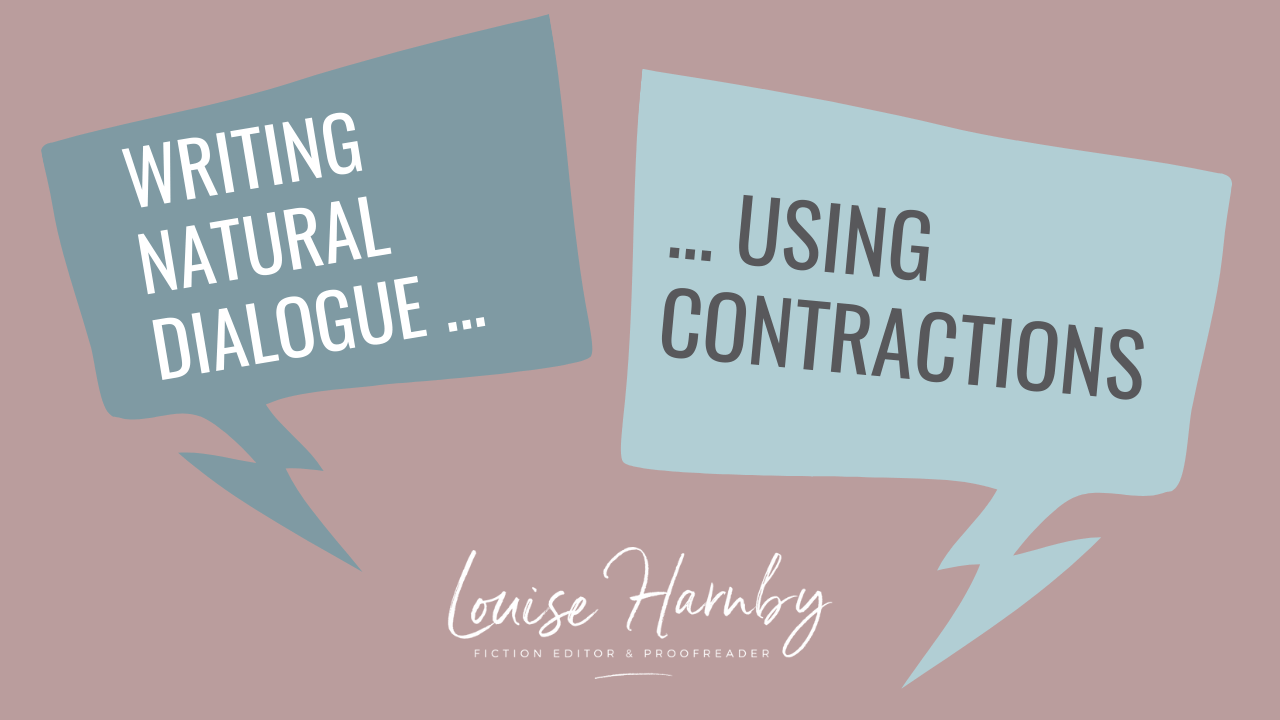
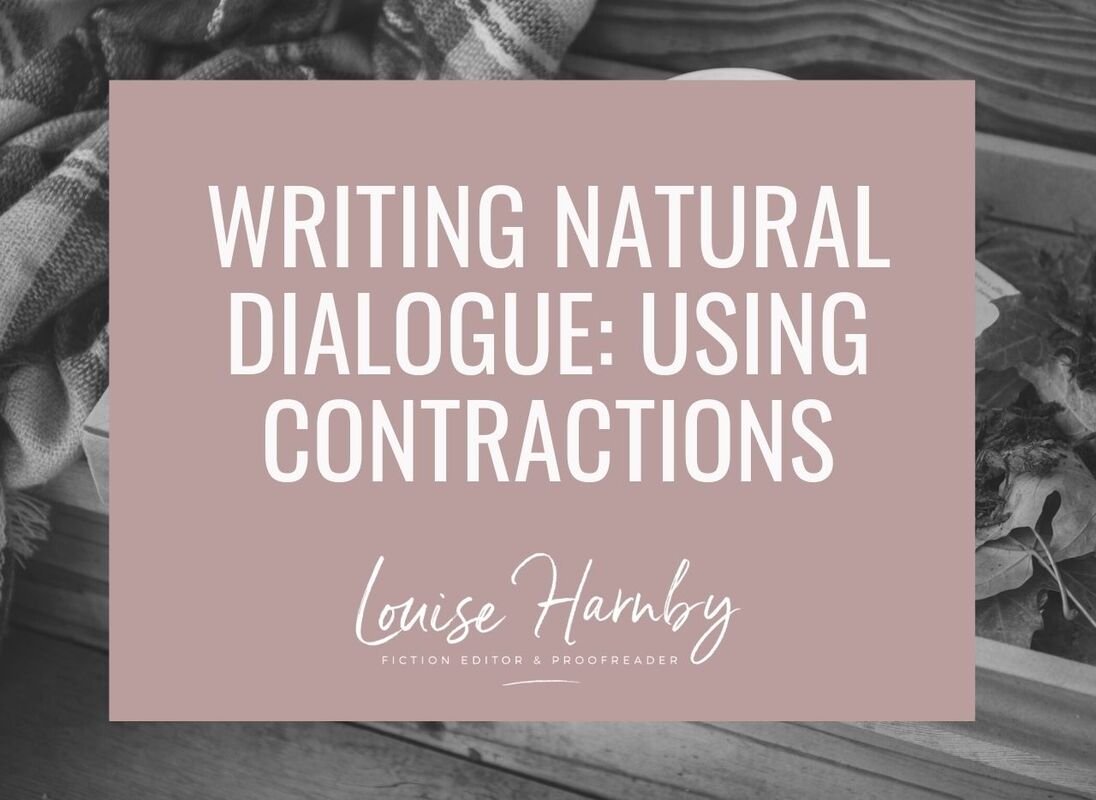
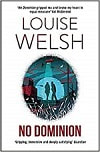
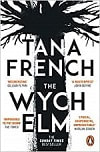

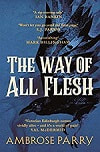
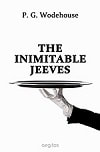
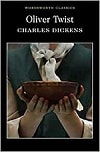
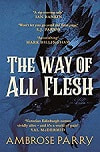
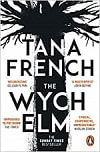
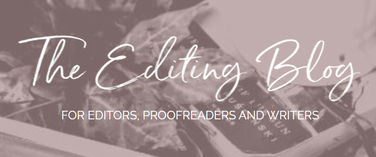


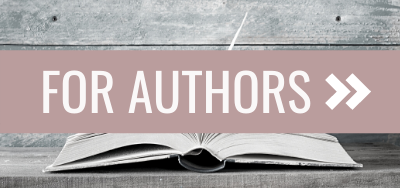

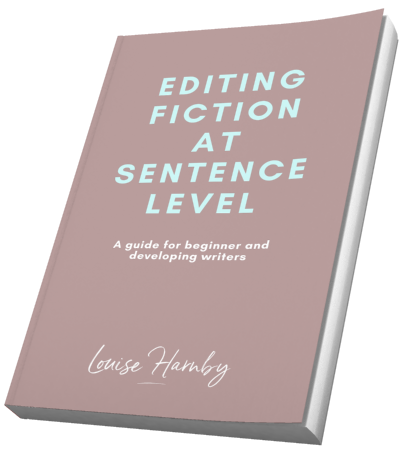
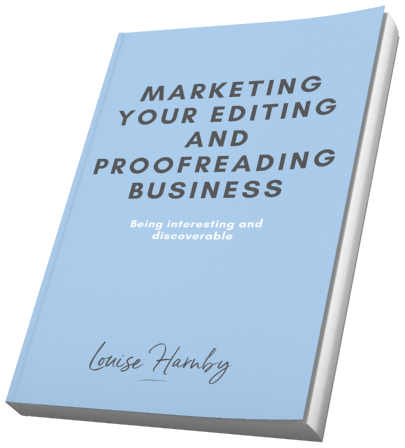
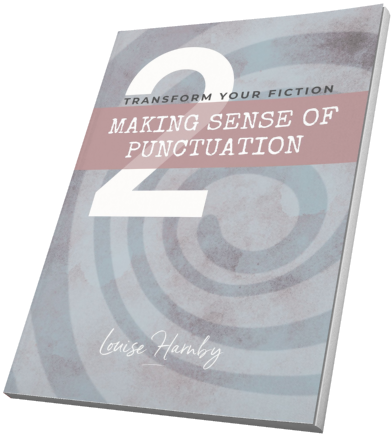
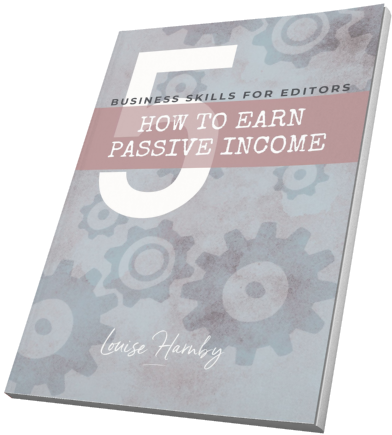
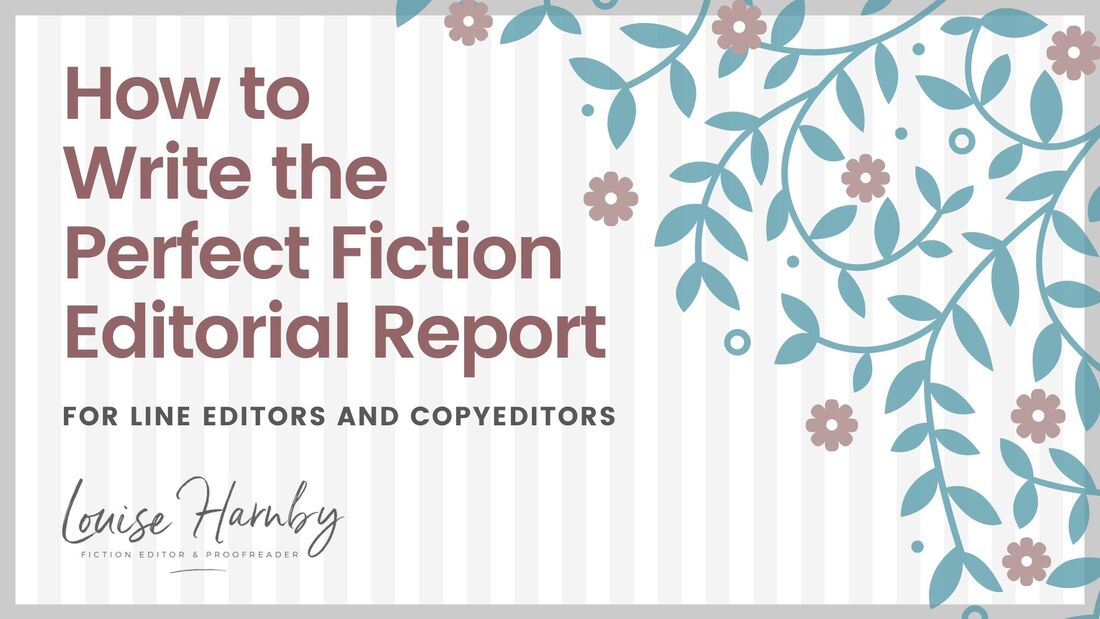
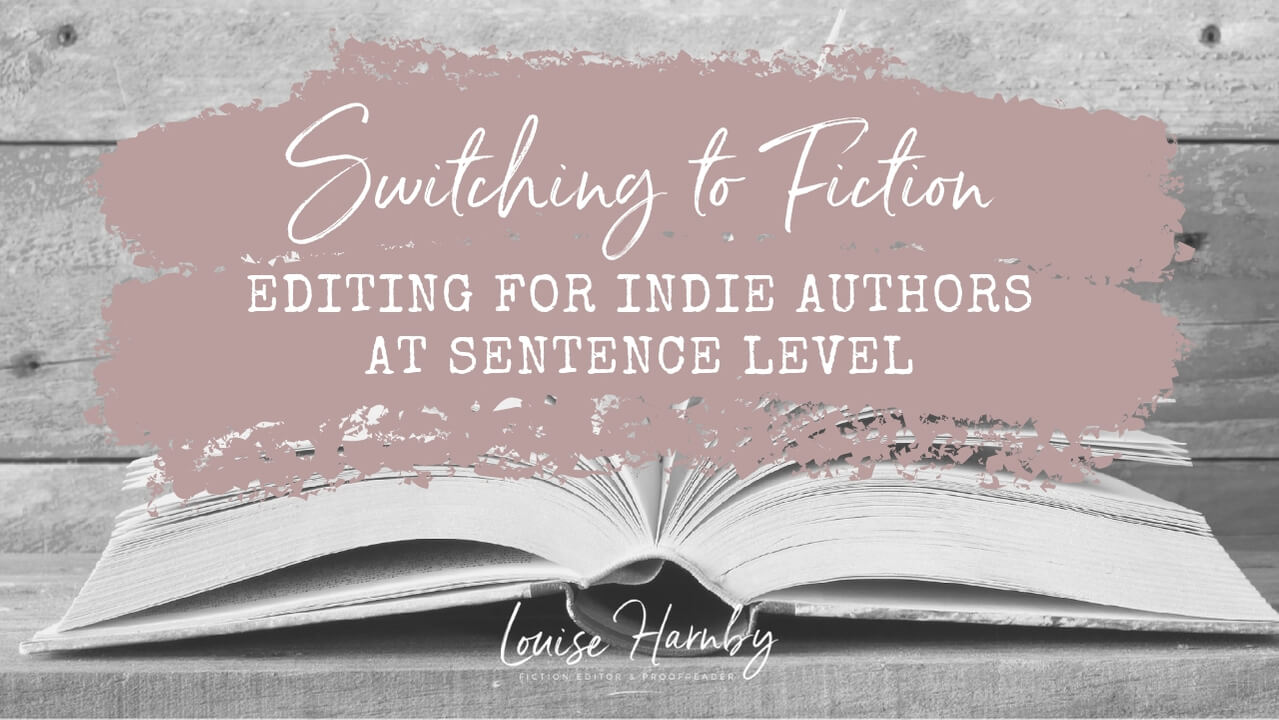

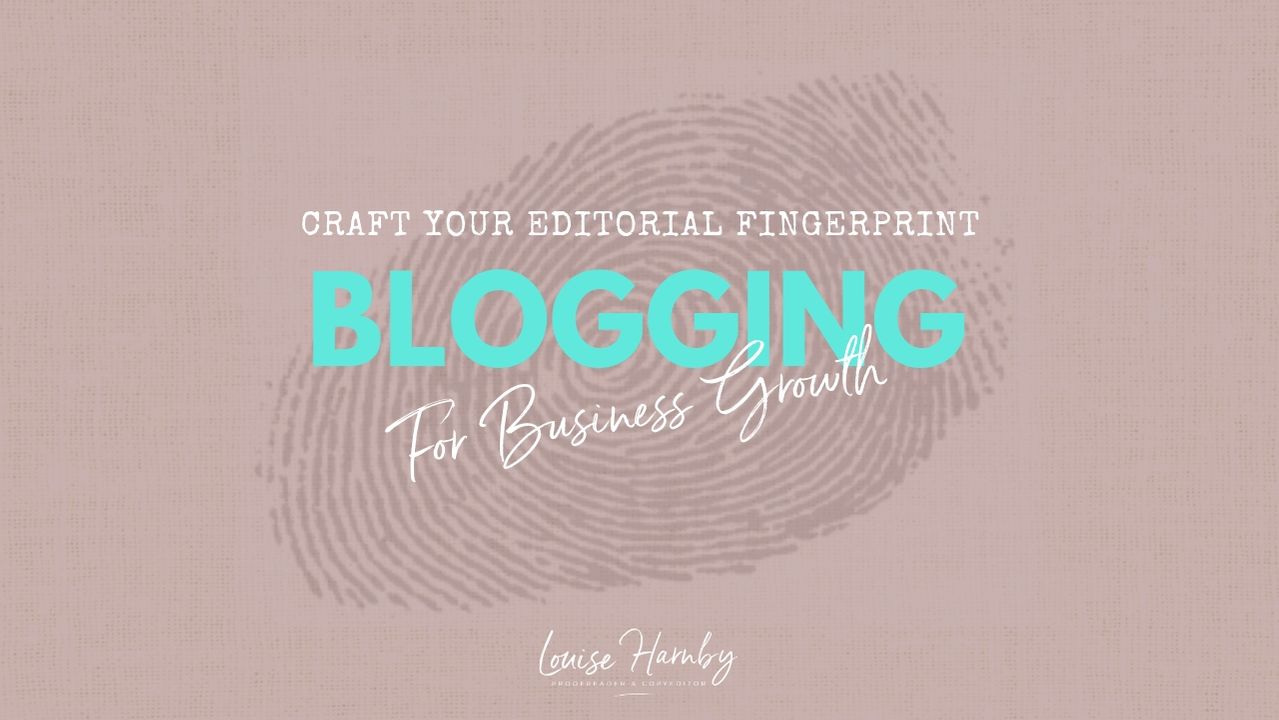
 RSS Feed
RSS Feed





